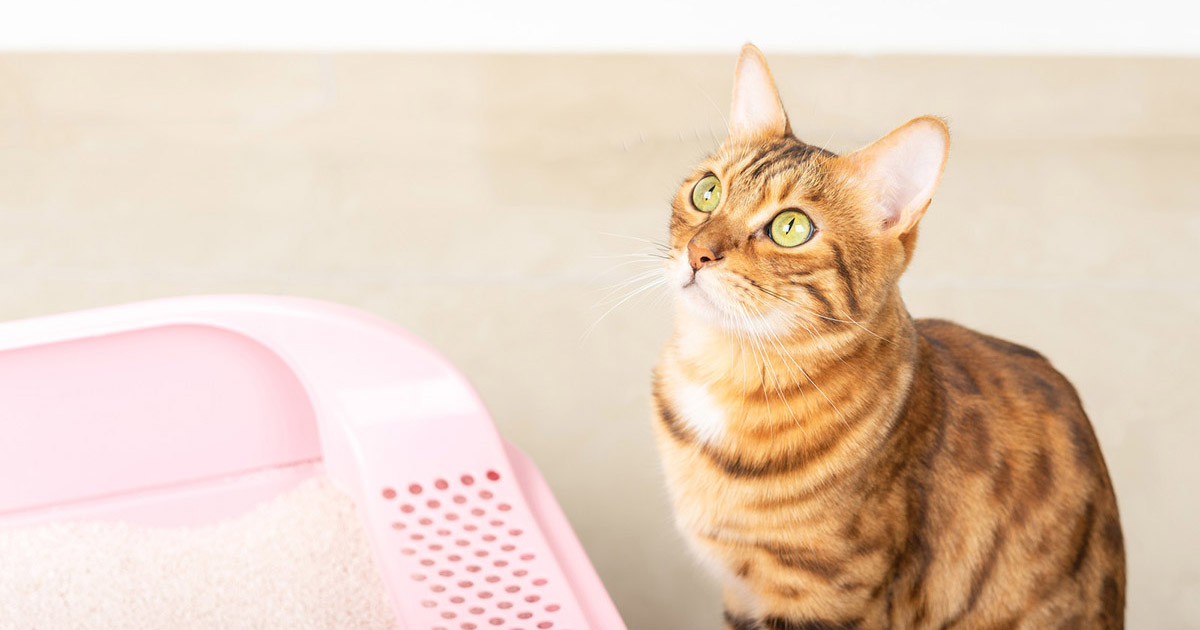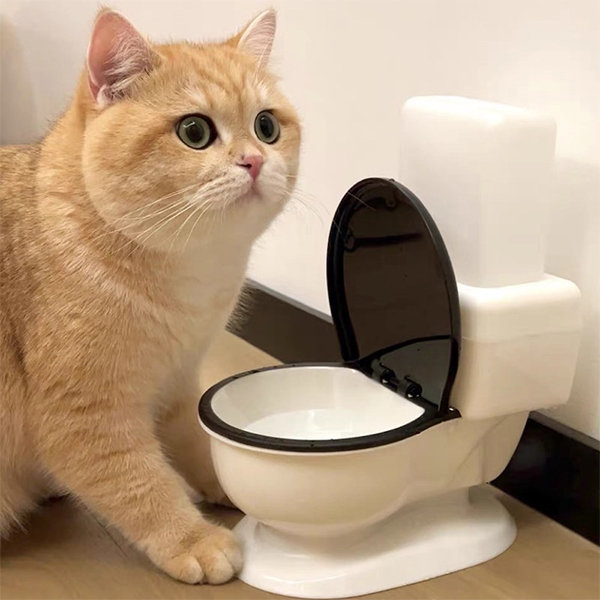Just how do you really feel with regards to Don't Flush Your Pets Poo Down The Loo, Vet Warns?

When it concerns disposing of waste, specifically animal waste, many people commonly turn to the hassle-free option of flushing it down the toilet. However, this seemingly very easy solution can have serious consequences for the setting and public health. In this post, we'll explore why flushing pet waste down the bathroom is a poor concept and give alternative methods for proper disposal.
Introduction
Proper waste disposal is vital for keeping ecological sustainability and public health. While it may seem safe to purge animal waste down the bathroom, it can result in various issues, both for the setting and human wellness.
Dangers of flushing animal waste
Ecological effect
Flushing pet waste introduces dangerous bacteria and pathogens into waterways, which can adversely affect aquatic ecological communities. These microorganisms can contaminate water sources and injury marine life, interfering with delicate ecological communities.
Public health issues
Pet waste contains dangerous microorganisms such as E. coli and Salmonella, which can position severe health and wellness threats to human beings. Flushing animal waste down the bathroom can pollute water materials, causing the spread of illness and infections.
Alternatives to flushing
Rather than flushing animal waste down the toilet, there are a number of alternative disposal methods that are extra eco-friendly and hygienic.
Composting
Composting animal waste is an eco-friendly way to dispose of it. By composting, raw material is broken down into nutrient-rich dirt, which can be used to feed gardens and plants.
Land fill disposal
Taking care of animal waste in a land fill is one more alternative. While not as environmentally friendly as composting, it is a more secure option to flushing, as it protects against the contamination of water sources.
Pet garbage disposal systems
There are customized animal garbage disposal systems readily available that safely and hygienically throw away pet waste. These systems frequently utilize enzymes to break down waste and remove smells.
Actions to appropriate pet garbage disposal
To make certain proper disposal of animal waste, follow these steps:
Scooping and nabbing waste
On a regular basis scoop and bag pet waste making use of naturally degradable bags. This avoids waste from polluting the atmosphere.
Using designated waste containers
Dispose of bagged pet waste in assigned waste bins, such as compost containers or landfill bins. Prevent flushing it down the commode in all prices.
Cleansing can and animal locations on a regular basis
On a regular basis tidy litter boxes and pet areas to prevent the buildup of waste and bacteria. Usage pet-safe cleansing products to keep hygiene.
Advantages of appropriate disposal methods
Embracing correct disposal methods for pet waste uses a number of advantages:
Lowered environmental pollution
Proper disposal methods decrease the risk of environmental pollution, shielding waterways and ecosystems from contamination
Lessened danger of water contamination.
By staying clear of flushing pet waste down the toilet, the risk of water contamination is substantially reduced, securing public health.
Enhanced sanitation and health
Proper disposal techniques promote much better cleanliness and health, creating a more secure environment for both people and pets.
Conclusion
To conclude, purging pet waste down the bathroom is hazardous to the atmosphere and public health. By check here embracing different disposal approaches and adhering to correct waste monitoring techniques, we can minimize the adverse influence of pet waste and contribute to a cleaner, healthier planet.
What To Do With Dog Poo – The Do's And Don'ts Of Disposing Of Faeces
Dog poo bins
Some councils provide dedicated dog waste bins in popular dog-walking areas that can take dog poo that has been bagged but you can legally dispose of dog waste in any public litter bin, as long as it is securely bagged. This also applies to your wheelie bin at home.
Do not flush
Water companies do not recommend flushing dog faeces down the toilet because certain parasites can survive the water processing treatment and are potentially harmful to humans. You should also never consider flushing dog poo that has been bagged down the toilet as the bags will not break down and instead create severe blockages in the sewage system.
In the woods
The Forestry Commission promotes a ‘stick and flick’ method for dealing with waste in the woods. This means finding a stick and using it to flick any poo from off the path so that it is out of the way of other walkers. You could also bury it as long as it is not in an area where there might be livestock.
Livestock
Parasites found in dog poo can be transmitted to livestock if they inadvertently eat infected faeces that has been left on grazing land. This could result in the death of sheep or abortion in cattle so you should always make sure you pick up your dog’s waste in fields where livestock could be present.

On a regular basis tidy litter boxes and pet areas to prevent the buildup of waste and bacteria. Usage pet-safe cleansing products to keep hygiene.
Advantages of appropriate disposal methods
Embracing correct disposal methods for pet waste uses a number of advantages:
Lowered environmental pollution
Proper disposal methods decrease the risk of environmental pollution, shielding waterways and ecosystems from contamination
Lessened danger of water contamination.
By staying clear of flushing pet waste down the toilet, the risk of water contamination is substantially reduced, securing public health.
Enhanced sanitation and health
Proper disposal techniques promote much better cleanliness and health, creating a more secure environment for both people and pets.
Conclusion
To conclude, purging pet waste down the bathroom is hazardous to the atmosphere and public health. By check here embracing different disposal approaches and adhering to correct waste monitoring techniques, we can minimize the adverse influence of pet waste and contribute to a cleaner, healthier planet.
What To Do With Dog Poo – The Do's And Don'ts Of Disposing Of Faeces
Dog poo bins
Some councils provide dedicated dog waste bins in popular dog-walking areas that can take dog poo that has been bagged but you can legally dispose of dog waste in any public litter bin, as long as it is securely bagged. This also applies to your wheelie bin at home.
Do not flush
Water companies do not recommend flushing dog faeces down the toilet because certain parasites can survive the water processing treatment and are potentially harmful to humans. You should also never consider flushing dog poo that has been bagged down the toilet as the bags will not break down and instead create severe blockages in the sewage system.
In the woods
The Forestry Commission promotes a ‘stick and flick’ method for dealing with waste in the woods. This means finding a stick and using it to flick any poo from off the path so that it is out of the way of other walkers. You could also bury it as long as it is not in an area where there might be livestock.
Livestock
Parasites found in dog poo can be transmitted to livestock if they inadvertently eat infected faeces that has been left on grazing land. This could result in the death of sheep or abortion in cattle so you should always make sure you pick up your dog’s waste in fields where livestock could be present.

We had been guided to that editorial about Should you flush animal waste down the toilet through someone on our other web page. If you enjoyed reading our blog posting if you please consider to share it. Many thanks for your time spent reading it.
Website